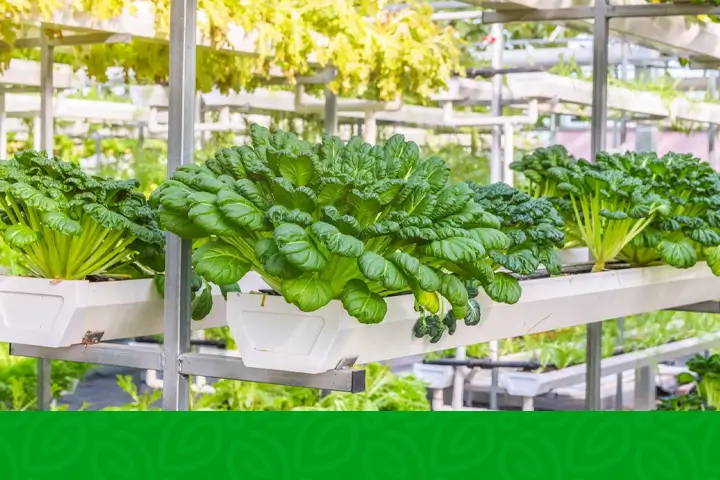
In a nation facing space constraints, water scarcity, and climate change challenges, Kenyan farmers have discovered an innovative solution that is revolutionizing agriculture: vertical farming. Vertical farming, often referred to as upward farming, involves growing crops in stacked layers, and it has rapidly gained popularity in Kenya due to its ability to address these pressing issues. This article explores the fascinating world of vertical farming in Kenya, its benefits, and how farmers are embracing this innovative approach to secure their future in agriculture.
As Kenya grapples with limited arable land, water shortages, and the adverse effects of climate change, innovative agricultural practices are emerging as game-changers. Vertical farming, also known as upward farming, is taking center stage as a promising solution to combat these challenges while ensuring food security and sustainability. In this article, we delve into the world of vertical farming, its unique techniques, and the significant impact it’s making on Kenyan agriculture.
The Essence of Vertical Farming
Vertical farming distinguishes itself from traditional horizontal planting by utilizing vertically stacked layers for crop cultivation. These layers are incorporated into various structures, including skyscrapers, warehouses, shipping containers, and greenhouses. This revolutionary farming method caters to diverse geographic regions, from mountainside towns to arid and semi-arid areas and bustling cities, thanks to its adaptability to soil-based, hydroponic, or aeroponic growing methods.
Hydroponic and Aeroponic Farming
A key hallmark of vertical farming is its versatility, accommodating traditional soil-based farming as well as hydroponic and aeroponic systems. Hydroponics involves suspending plants in nutrient-enriched water, while aeroponics provides nutrients through a mist sprayed directly onto the plant roots. These systems eliminate the need for soil and maximize space utilization, making them ideal for urban and space-restricted areas.
The Benefits of Vertical Farming
Vertical farming boasts a multitude of advantages, making it an attractive option for Kenyan farmers. These benefits include:
- Efficient Space Utilization: Vertical farming’s upward layering of crops minimizes land requirements, enabling cultivation in urban areas and mountainous regions.
- Water Conservation: Hydroponic and aeroponic systems drastically reduce water consumption compared to traditional farming methods.
- Year-Round Productivity: Vertical farming ensures consistent crop production throughout the year, eliminating seasonal limitations.
- Cost-Effective: Farmers find vertical farming cost-efficient, with minimal installation costs and affordable materials.
Setting Up a Vertical Farming Structure
In Kenya, multi-storey gardens have gained popularity among urban vegetable farmers practicing vertical farming. These gardens are constructed using high-density polyethylene (HDPE) pipes, soil, and bolts. Each layer is built vertically, with a decreasing circumference of one meter for each layer, creating a tiered structure. A 20-centimeter layer of soil is added to each level, and HDPE dam liners securely hold the soil together. This simple yet effective setup allows for the cultivation of various crops.
Crops Grown in Multi-Storey Gardens
Multi-storey gardens in Kenya are predominantly used to grow vegetables such as kale, spinach, carrots, and garlic. Additionally, farmers cultivate herbs and spices like rosemary, lemongrass, citronella, and mint. The versatility of these gardens even extends to the cultivation of strawberry fruits.
Vertical farming has emerged as a beacon of hope for Kenyan farmers, providing a sustainable solution to challenges like limited space, water scarcity, and climate change. With its efficient space utilization, water conservation, year-round productivity, and cost-effectiveness, vertical farming is transforming agriculture in Kenya. As more farmers embrace this innovative approach, the nation takes a significant step towards ensuring food security and sustainable agricultural practices.
The original article was written by by KIOKO NYAMASYO
Stay updated with the latest farming tips and agriculture industry news from Africa by subscribing to our newsletter. Don’t miss out on valuable insights and updates. Follow us on Twitter, LinkedIn, and Facebook to join our farming community and stay connected with us.



















